General description
The elasticity of demand is a significant metric to determine the economic value of the services. This concept is particularly relevant in the health-related market due to the urgency of certain operations. States of elasticity of demand are categorized as perfectly inelastic, inelastic, unit elastic, elastic, and perfectly elastic. For instance, an urgent operation would be considered an inelastic demand since the customer does not want to postpone the surgery. Ultimately, these conditions determine the correlation between price and total revenue.
Perfectly Inelastic
Ed = 0
Perfectly inelastic demand implies a dependent increase in price and total revenue; similarly, a decrease in prices will decrease total revenue.
Example: Heart Bypass Surgery – Life-threatening Condition
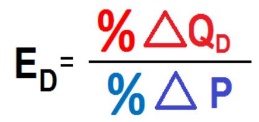
((100 – 100) / 100) / (50000 – 40000) / 40000 = 0
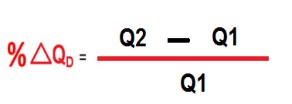

Inelastic
Ed < 1
Inelastic demand is similar to perfectly inelastic but to a lower extent.
Example: Cataract Surgery among Elderly – may have severe negative consequences
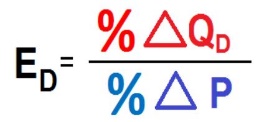
((200 – 220) / 220) / (2600 – 2300) / 2300 = -0.09/0.1304 = -0.7
The average elasticity of healthcare operations is approximately -0.2, which means that most services in the industry are inelastic (Valencia, 2021).
Unit Elastic
Ed = 1
Unit elastic demand implies the stagnation of total revenue regardless of prices.
Example: Circumcision of Newborns
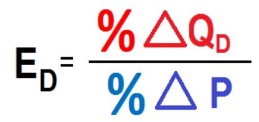
((100 – 200) / 200) / (400 -200) / 400 = 1
Elastic
Ed > 1
Elastic demand implies that a decrease in prices will result in increased total revenue.
Example: Teeth Whitening
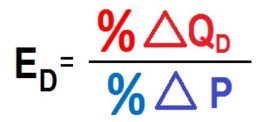
((450 – 300) / 300) / (500 -600) / 600 = 0.5 / 0.16 = 3.125
Perfectly Elastic
Ed = ∞
Perfectly elastic demand implies that the total revenue does not depend on the price due to the emergency and inevitability of certain conditions.
Example: Child Birth
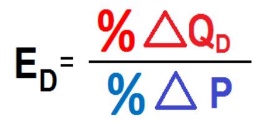
((130 – 100) / 100) / (500 – 500) / 500 = 0.3/0 = ∞
Reference
Valencia, E. (2021). Price elasticity of demand in pharma, an introduction. Konplik.